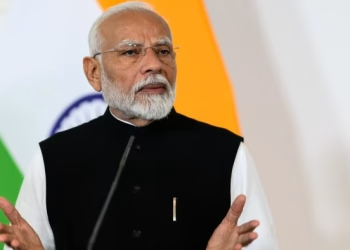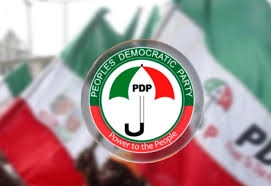Damascus — Syria staged an indirect parliamentary election on Sunday to fill 210 seats in a new People’s Assembly that will steer the country’s post-Assad political transition, with preliminary tallies due immediately and official results expected Monday or Tuesday, state media (SANA) said.
Under the transitional framework, there was no direct popular vote. Instead, two-thirds of seats (140) are being chosen by province-based electoral colleges, while the remaining one-third (70) will be appointed by interim President Ahmed al-Sharaa. The assembly will serve a 30-month term and is tasked with drafting a new election law and constitution ahead of nationwide polls.
Security forces ringed polling sites across government-held areas. Inside, members of the electoral colleges cast paper ballots listing their preferred candidates, which were deposited in sealed boxes and counted in public view before candidates, journalists, and observers from the Syrian Bar Association, according to officials.
Elections were postponed indefinitely in Sweida province and in territories held by the Kurdish-led Syrian Democratic Forces amid tensions with Damascus, reducing the intended pool of roughly 7,000 electoral-college voters across 60 districts. In Damascus city alone, 490 candidates competed for 10 seats, with 500 electoral-college members eligible to vote.
“We did everything possible to reach the shortest period with maximum speed to fill the vacuum in representing the people in parliament,” al-Sharaa said after being briefed on operations at the National Library Center in the capital. “A lot of things are still pending in Syria that need to move forward.”
Backers of the process cast Sunday’s vote as a pragmatic step toward institutional rebuilding after more than a decade of civil war. Critics counter that the electoral-college model and presidential appointments risk entrenching well-connected figures and consolidating power within the interim government, falling short of competitive, universal suffrage.
Beyond selecting lawmakers, the outcome will shape the leadership of key committees that will draft the promised legal and constitutional reforms, set a timeline for future national elections, and debate economic stabilization and reconstruction priorities. The new chamber is also expected to grapple with governance gaps created by the partial geographic scope of the vote and to explore arrangements for eventually incorporating constituencies that did not participate.
SANA said preliminary results from district counts would be released as they come in, with the Higher Judicial Committee for Elections to announce certified results once tabulation is complete. Turnout figures for the electoral-college process had not been published by press time





















